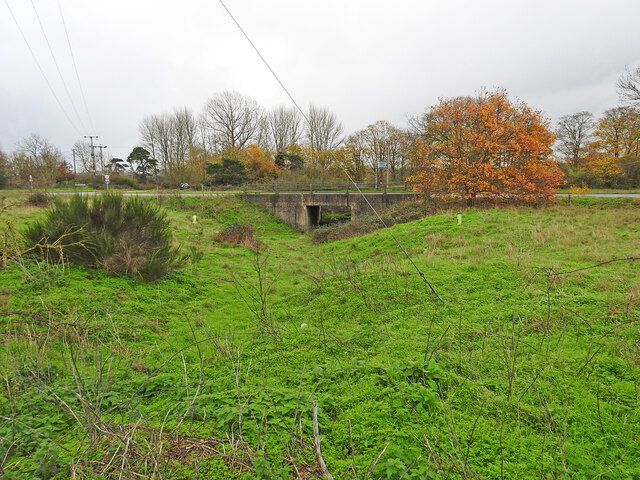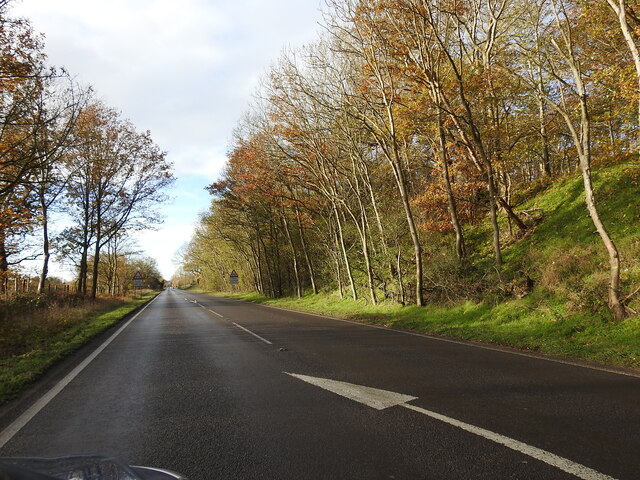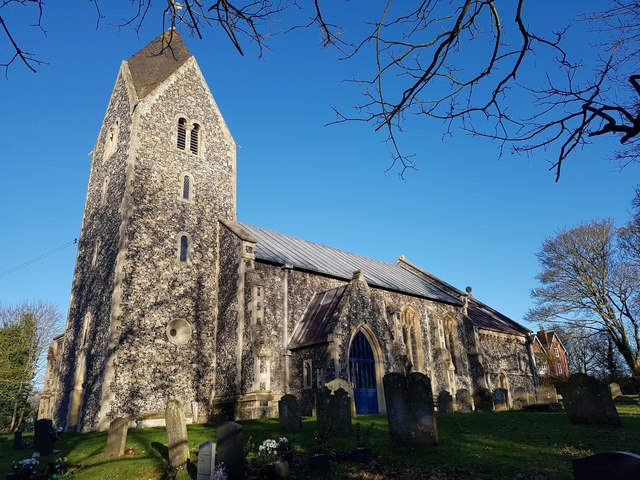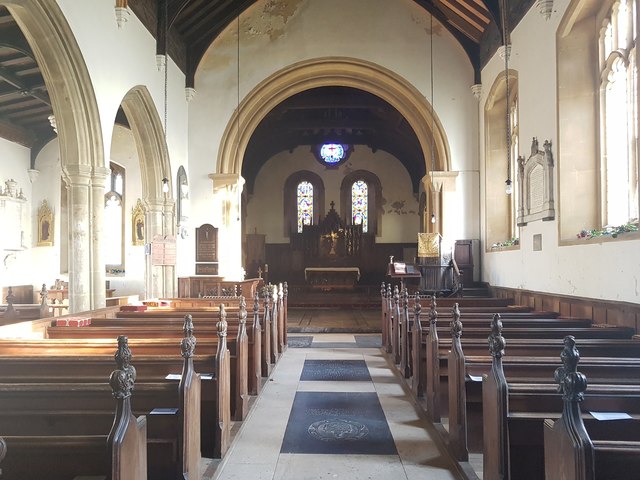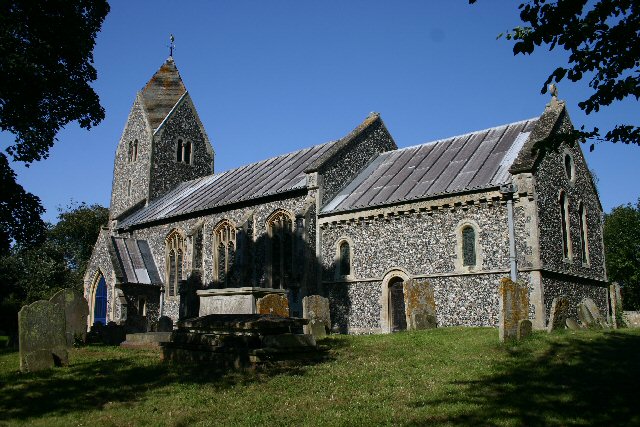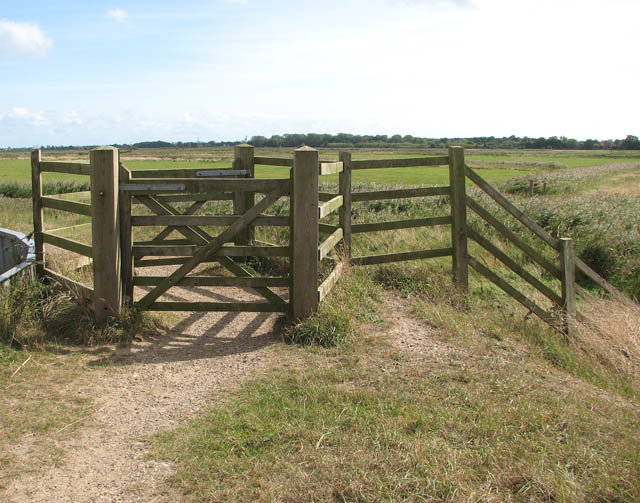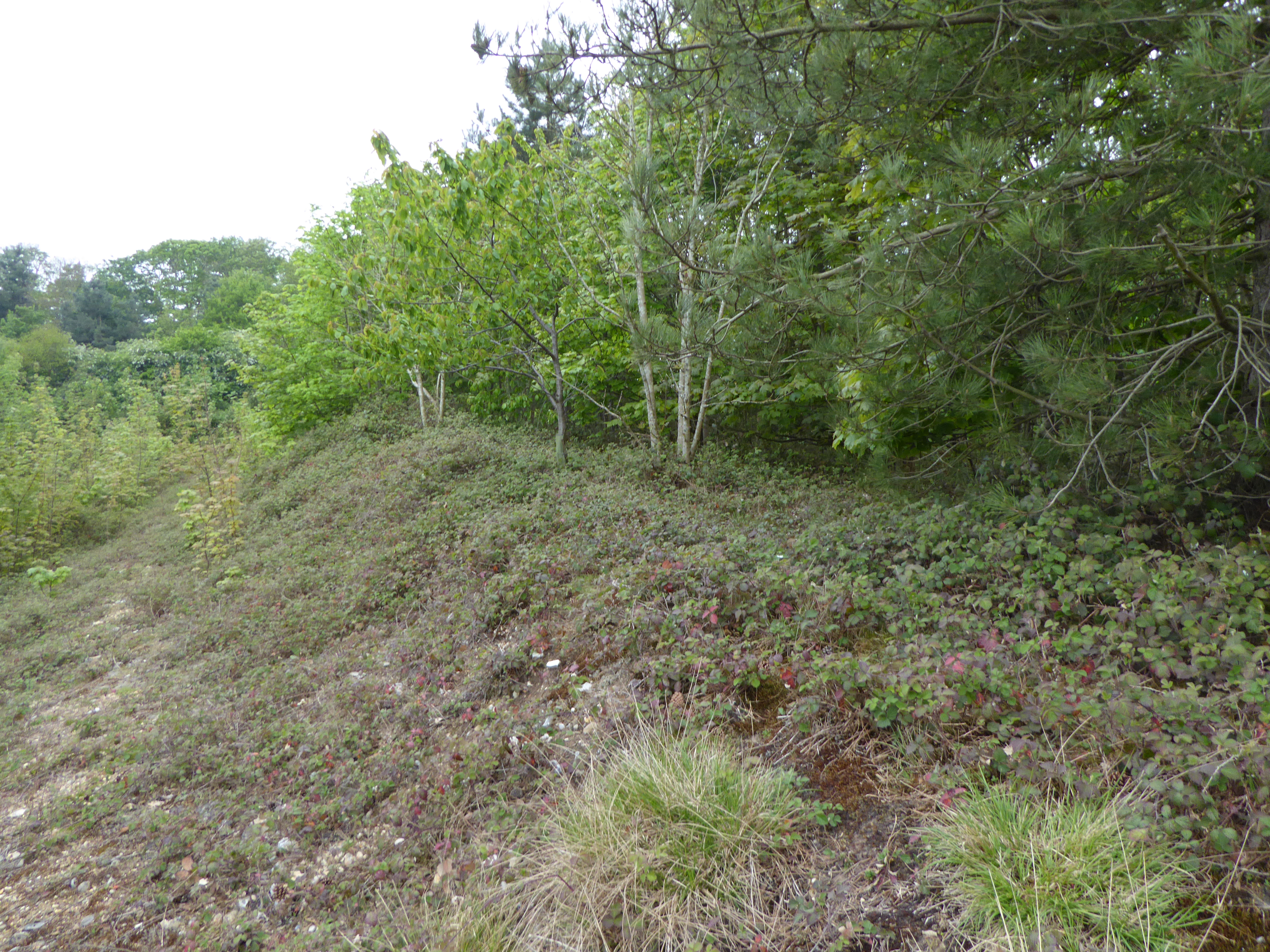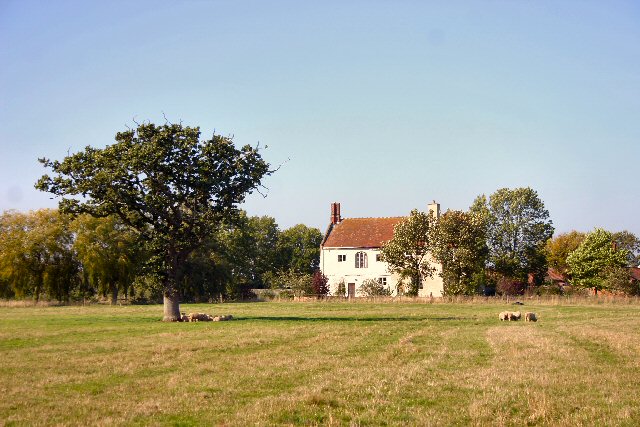Flixton (The Saints Ward)
Civil Parish in Suffolk East Suffolk
England
Flixton (The Saints Ward)
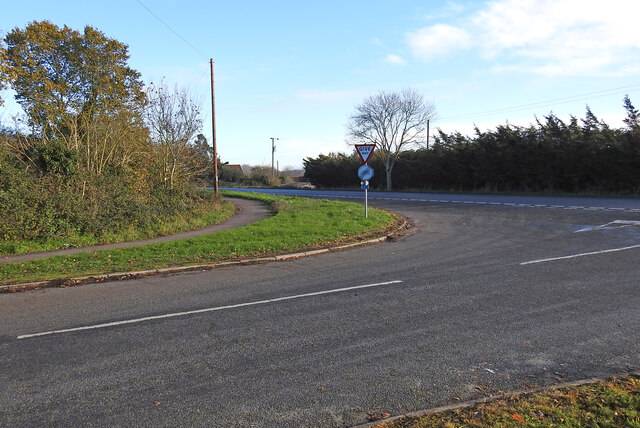
Flixton, also known as The Saints Ward, is a civil parish located in the county of Suffolk, England. It is situated approximately 4 miles southeast of the town of Bungay and 9 miles southwest of the city of Norwich.
The village of Flixton is known for its picturesque countryside and charming rural setting. It is bordered by the River Waveney to the east, which offers beautiful views and recreational opportunities for residents and visitors alike. The parish covers an area of around 4 square miles and has a population of approximately 600 people.
Flixton is home to several historic buildings and landmarks, including the Grade II listed St. Andrew's Church, which dates back to the 14th century. The church features medieval architecture and is a significant cultural and historical site in the area.
In terms of amenities, Flixton has a village hall that serves as a community hub for various events and gatherings. There are also a few small businesses and shops scattered throughout the village, providing essential services to the local population.
The surrounding countryside offers opportunities for outdoor activities such as walking, cycling, and fishing. The nearby River Waveney is particularly popular for boating and canoeing. The village is well-connected to neighboring towns and cities by road, with easy access to the A143 and A146 highways.
Overall, Flixton is a tranquil and attractive rural parish, known for its natural beauty, historic charm, and peaceful way of life.
If you have any feedback on the listing, please let us know in the comments section below.
Flixton (The Saints Ward) Images
Images are sourced within 2km of 52.425984/1.404768 or Grid Reference TM3186. Thanks to Geograph Open Source API. All images are credited.

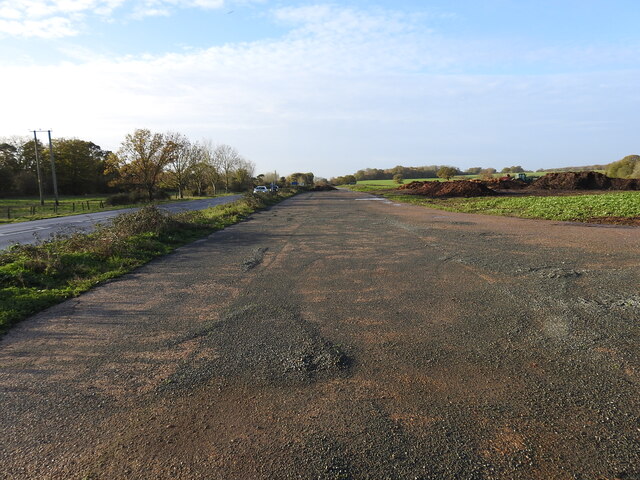
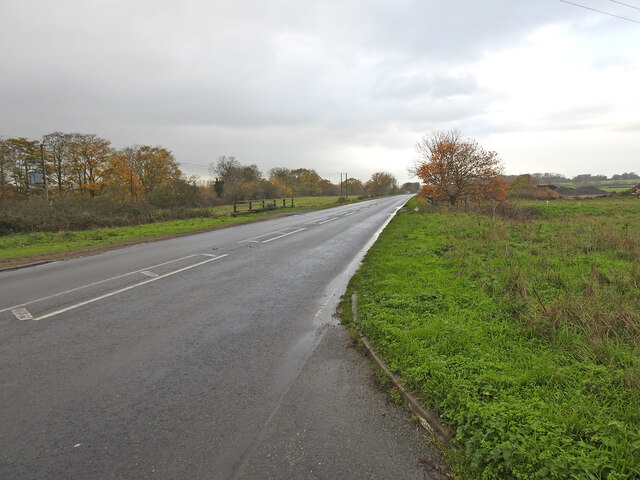
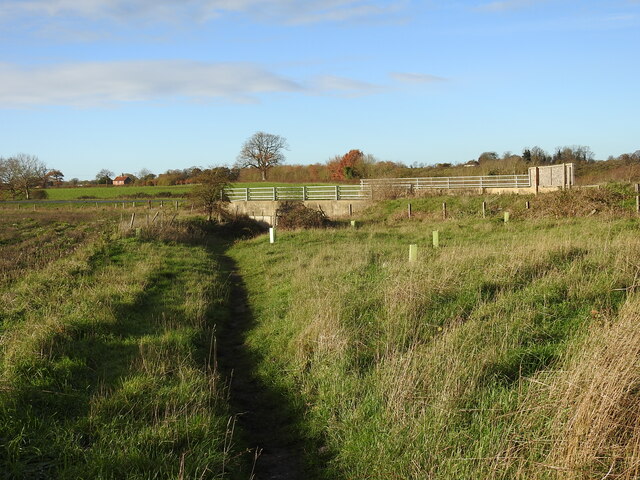
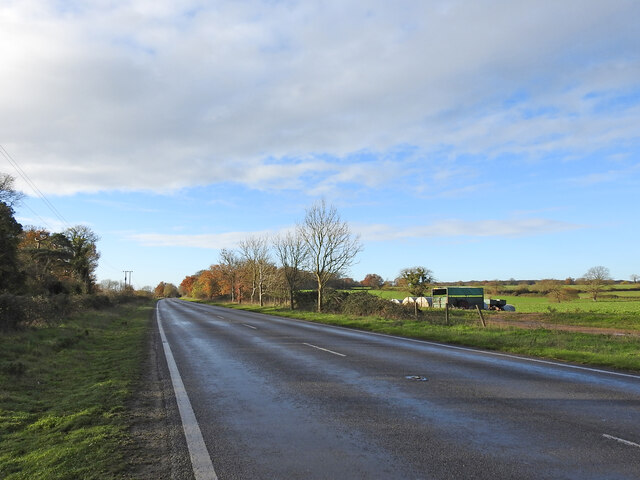
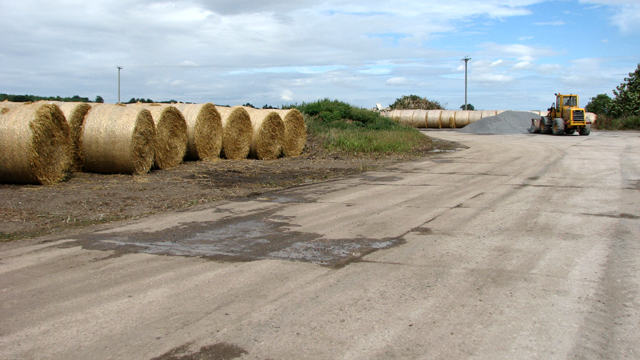
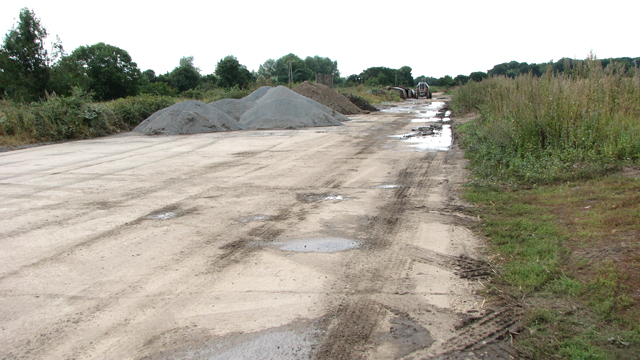
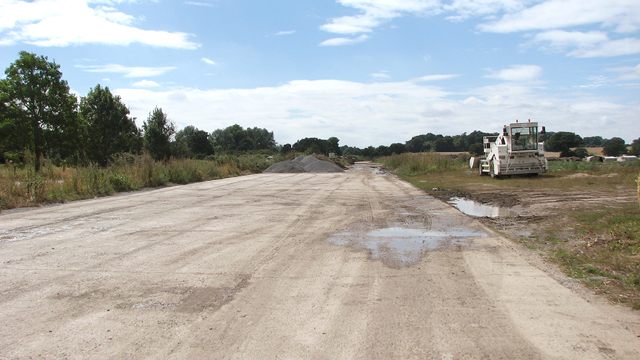




Flixton (The Saints Ward) is located at Grid Ref: TM3186 (Lat: 52.425984, Lng: 1.404768)
Administrative County: Suffolk
District: East Suffolk
Police Authority: Suffolk
What 3 Words
///muted.proofs.asset. Near Bungay, Suffolk
Nearby Locations
Related Wikis
Flixton Priory
Flixton Priory was a nunnery under a prioress following the Augustinian rule, which formerly stood in the parish of Flixton in the north of the English...
Abbey Wood, Flixton
Abbey Wood, Flixton is an 18 hectare biological Site of Special Scientific Interest south—west of Bungay in Suffolk. It consists of two adjoining areas...
Flixton, The Saints
Flixton is a village and civil parish located in the north of the English county of Suffolk. It is around 2 miles (3.2 km) south-west of Bungay in the...
RAF Bungay
Royal Air Force Bungay or more simply RAF Bungay (known locally as Flixton) is a former Royal Air Force station located 3 miles (4.8 km) south-west of...
Angles Way
The Angles Way is a long-distance footpath in England, close to the River Waveney and River Little Ouse and thus close to the Norfolk/Suffolk border between...
St Margaret South Elmham
St Margaret South Elmham is a village and civil parish in the north of the English county of Suffolk. It is 4 miles (6.4 km) south-west of the market town...
Flixton Quarry
Flixton Quarry is a 0.7 hectares (1.7 acres) geological Site of Special Scientific Interest 3.75 miles (6.04 km) south-west of Bungay in the English county...
St Peter South Elmham
St Peter South Elmham is a village and civil parish in the north of the English county of Suffolk. It is around 3 miles (4.8 km) south of the market town...
Nearby Amenities
Located within 500m of 52.425984,1.404768Have you been to Flixton (The Saints Ward)?
Leave your review of Flixton (The Saints Ward) below (or comments, questions and feedback).
